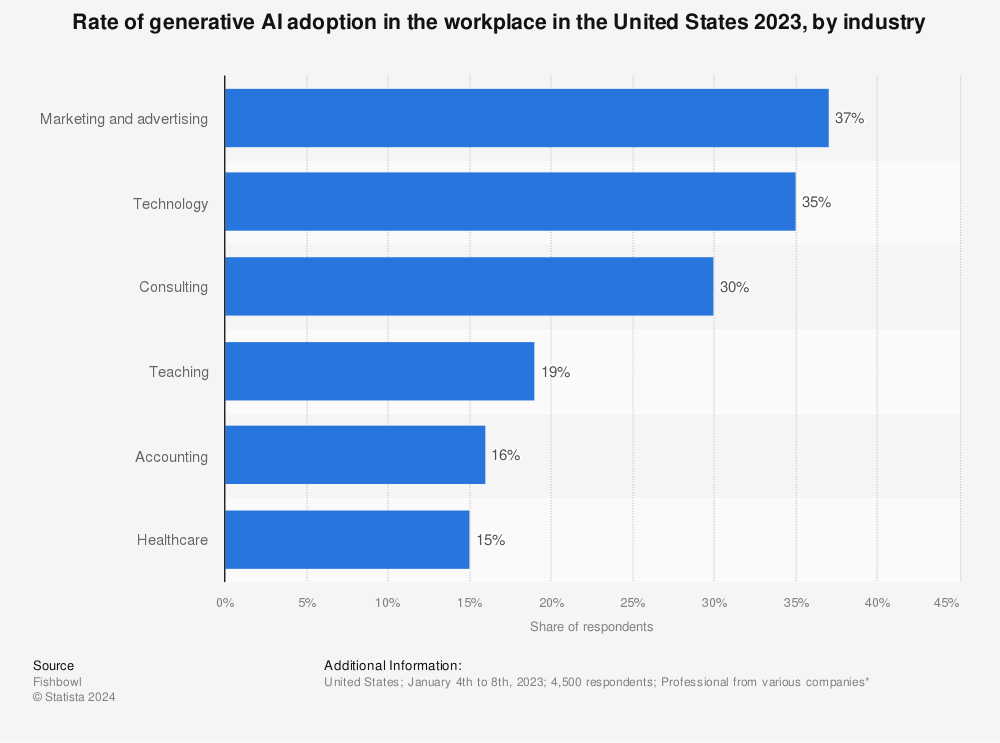AI: Catalyst for Job Growth and Office Revival in 2025
AI adoption in 2025 defies job loss fears, driving hiring and office booms. Discover how AI reshapes work, fueling growth and innovation.

AI: Catalyst for Job Growth and Office Revival in 2025
Despite fears of AI-induced job losses, recent trends reveal a paradox: AI adoption has led to a hiring surge and a boom in office occupancy. This challenges the narrative of AI as a job destroyer, highlighting a transformation where AI reshapes work rather than erases it.
The Contradiction: AI Adoption and Employment Growth
AI technologies, especially generative AI tools like ChatGPT and large language models (LLMs), have sparked anxiety about job losses. Projections suggest up to 300 million jobs worldwide could be lost or transformed by 2030, with nearly half of U.S. jobs potentially threatened within a decade. Vulnerable sectors include fast food, customer service, retail, and clerical roles, where AI could replace up to 80-90% of tasks.
Contrary to these forecasts, the U.S. labor market in 2025 is experiencing robust hiring. About 20% of U.S. companies have integrated AI, and 40% of U.S. workers use AI tools daily, up from 20% two years ago. This adoption is linked to productivity increases and the creation of new roles that complement AI.
The Hiring and Office Boom: Evidence and Drivers
Business Insider and economic reports confirm that instead of mass layoffs, firms are expanding their workforce and office space:
-
Hiring surges in tech, AI-related fields, and sectors leveraging AI-enhanced workflows. Computer occupations are projected to grow almost three times faster than the overall job market, with nearly 900,000 new AI-adaptive roles by 2033.
-
Office spaces are filling up after pandemic-induced declines. Companies invest in hybrid environments where AI supports collaboration, not replaces in-person jobs.
-
AI is reshaping tasks rather than eliminating jobs. New skills are required to harness AI, shifting workforce composition towards more tech-savvy workers.
-
According to the World Economic Forum, AI could lead to a net gain of 48 million jobs globally by 2025, as 133 million new jobs emerge to complement automation technologies.
Why Is AI Fueling Job Growth and Office Expansion?
Several factors explain why AI fuels hiring and office demand:
-
AI as a productivity multiplier: AI frees workers from repetitive tasks, allowing focus on higher-level work, increasing demand for skilled labor.
-
Complementarity of AI and human work: Experienced workers using AI tools see productivity boosts, leading to more hiring to scale AI integration.
-
New industries and roles: AI is creating new sectors, jobs, and services in AI development, data science, cybersecurity, and AI ethics.
-
Hybrid work models requiring office infrastructure: AI tools support hybrid work, prompting investment in modernized office spaces.
Challenges and Uneven Impact
Despite growth, AI-driven job expansion benefits are uneven:
-
Entry-level and routine jobs face substitution risk, worrying younger and less-skilled workers.
-
High earners and knowledge workers benefit more, while some manual and clerical roles risk displacement.
-
Geographic and sectoral disparities in AI adoption mean some regions and industries lag in job growth.
Context and Implications
The 2025 landscape shows a nuanced reality where AI is not merely a job killer but a disruptive force reshaping work patterns. The hiring and office boom suggests businesses see AI as enhancing human workforces.
Implications for policymakers, employers, and workers include:
-
Workforce retraining and upskilling are critical for AI-complementary roles.
-
Investment in office infrastructure signals a shift to hybrid environments blending AI efficiency with human collaboration.
-
Economic growth tied to AI innovation may accelerate, with data centers and AI services playing a critical role.
-
Labor market stability amidst AI adoption challenges fears of widespread disruption.
Visualizing the Shift
Relevant visuals include:
-
Graphs showing AI adoption rates versus employment trends.
-
Photos of modern office spaces with AI technology.
-
Visuals of software developers and AI specialists at work.
-
Infographics illustrating job categories affected by AI.
In summary, AI's impact on the labor market in 2025 defies simplistic predictions of job destruction. Instead, it drives a complex interplay of automation, productivity gains, hiring expansion, and office resurgence. Understanding and managing this balance will be key to maximizing benefits.



